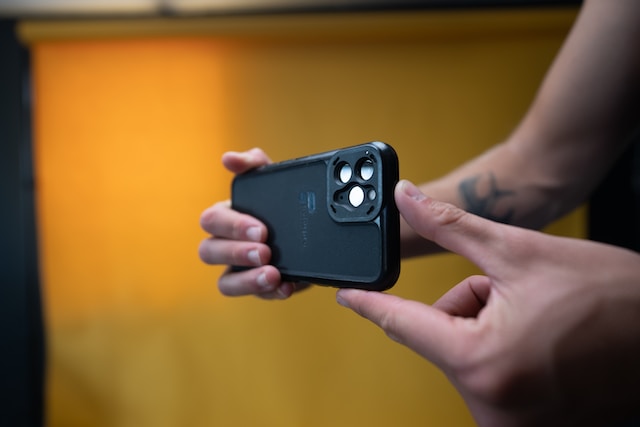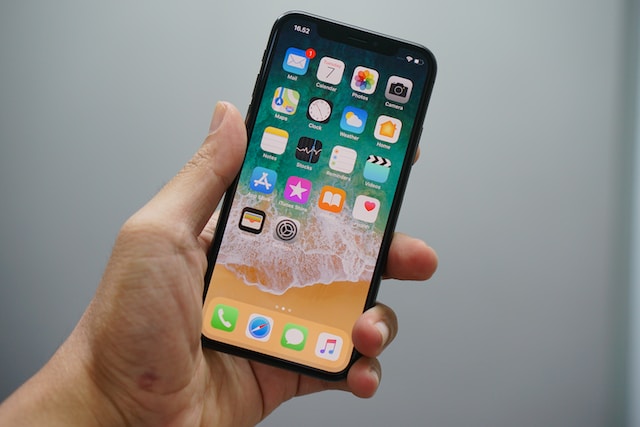Smartphone cameras have become a pivotal aspect of our daily lives, reshaping how we capture and share moments. While megapixels are often considered the primary metric for camera quality, several other factors significantly contribute to what makes a smartphone camera exceptional. There is a reason why Samsung, Google & Apple make better cameras than some of the other manufacturers. Let’s explore these critical factors that go beyond mere megapixels:
Sensor Quality
The sensor is the heart of any camera. A larger sensor allows more light to be captured, resulting in better image quality, especially in low-light conditions. The sensor’s size and quality profoundly impact the camera’s ability to produce detailed and sharp images.
Aperture and Lens Quality
The aperture and lens quality determine how much light the camera can take in. A wider aperture allows for better low-light performance and depth of field, enhancing the overall image quality. Premium lenses ensure clarity, reduce distortions, and improve color accuracy.
Image Processing and Software
The magic doesn’t just happen in the hardware; software and image processing play a pivotal role. Advanced algorithms and AI-driven enhancements refine images, providing better dynamic range, improved colors, and sharper details. The ability to optimize images through software is as crucial as the hardware itself.
Optical Image Stabilization (OIS) and Electronic Image Stabilization (EIS)
Stabilization technologies help mitigate shaky hands or movements, ensuring sharper images and smoother videos. OIS and EIS techniques compensate for motion, reducing blurriness and ensuring clarity, especially in low-light conditions or while recording videos.
Dynamic Range and HDR Capabilities
The dynamic range defines the spectrum between the darkest and lightest areas of an image. Cameras with better dynamic range capture more details in shadows and highlights, ensuring a balanced and more true-to-life image. High Dynamic Range (HDR) capabilities further enhance this by combining multiple exposures for a well-exposed image.
Autofocus Capabilities
The speed, accuracy, and versatility of autofocus are critical for capturing moving subjects or adjusting focus in various scenarios. Faster and more accurate autofocus systems ensure that shots are captured in focus, minimizing blur and maximizing image sharpness.
Zoom and Multiple Lenses
Optical zoom, made possible by multiple lenses, allows for closer shots without loss of image quality. Telephoto and wide-angle lenses, along with the primary lens, provide versatility, enabling users to capture different perspectives without compromising on image quality.
User Experience and Interface
A good camera isn’t just about technical specs; it’s also about the user experience. A user-friendly interface, intuitive controls, and features that enhance the photography experience—such as manual controls, easy access to settings, and quick access to editing tools—contribute significantly to a camera’s overall appeal.
Video Capabilities
The quality of video recording, stabilization, frame rates, resolution, and additional features like slow-motion and time-lapse capabilities are essential considerations. A good smartphone camera doesn’t just excel in photography but also in videography.
In conclusion, while megapixels offer a baseline understanding of a camera’s resolution, a great smartphone camera encompasses a fusion of hardware and software excellence. From sensor quality to image processing, stabilization, and user experience, it’s the harmonious orchestration of these factors that defines a truly exceptional smartphone camera, capturing moments with clarity, vibrancy, and depth.





